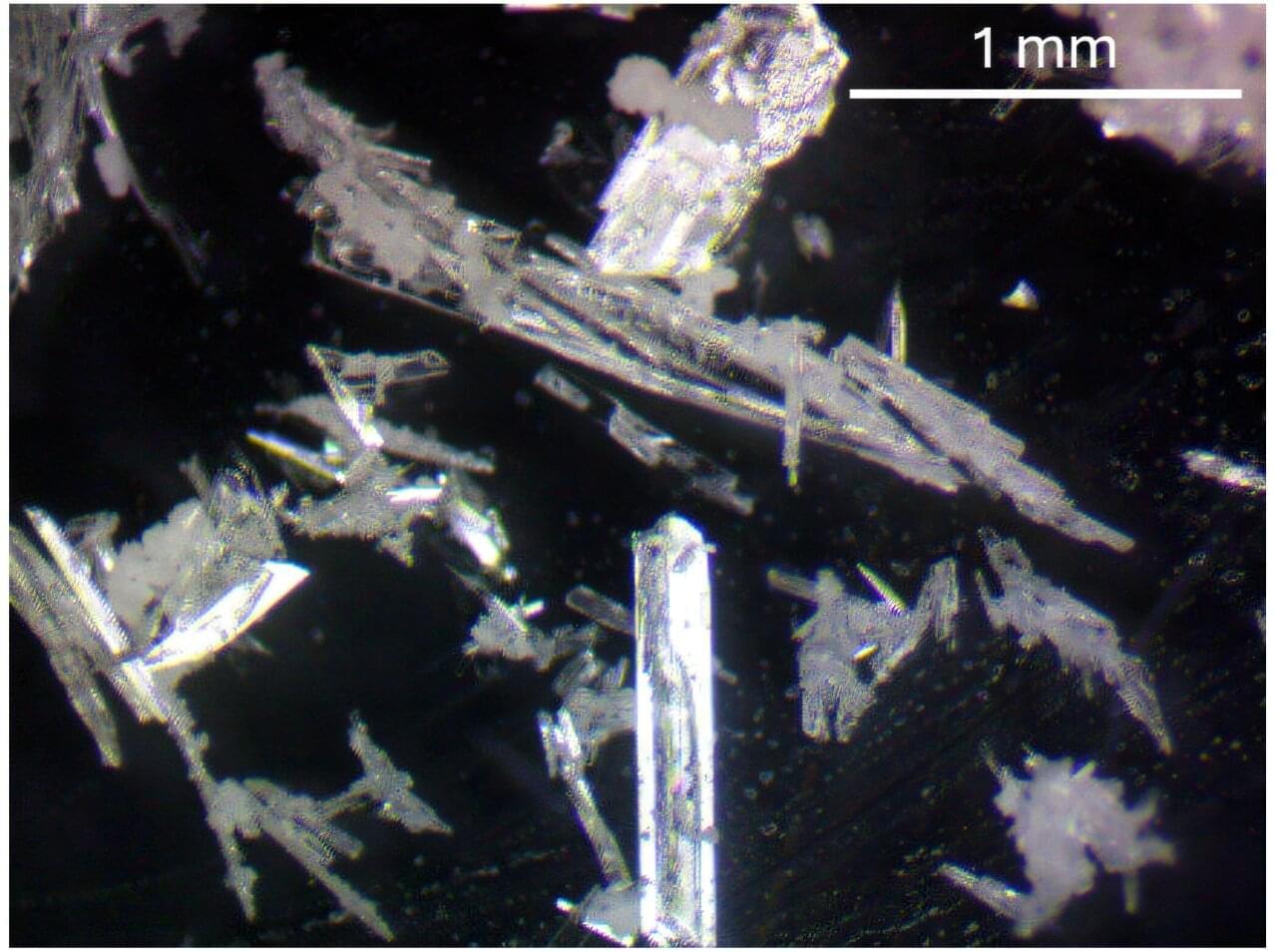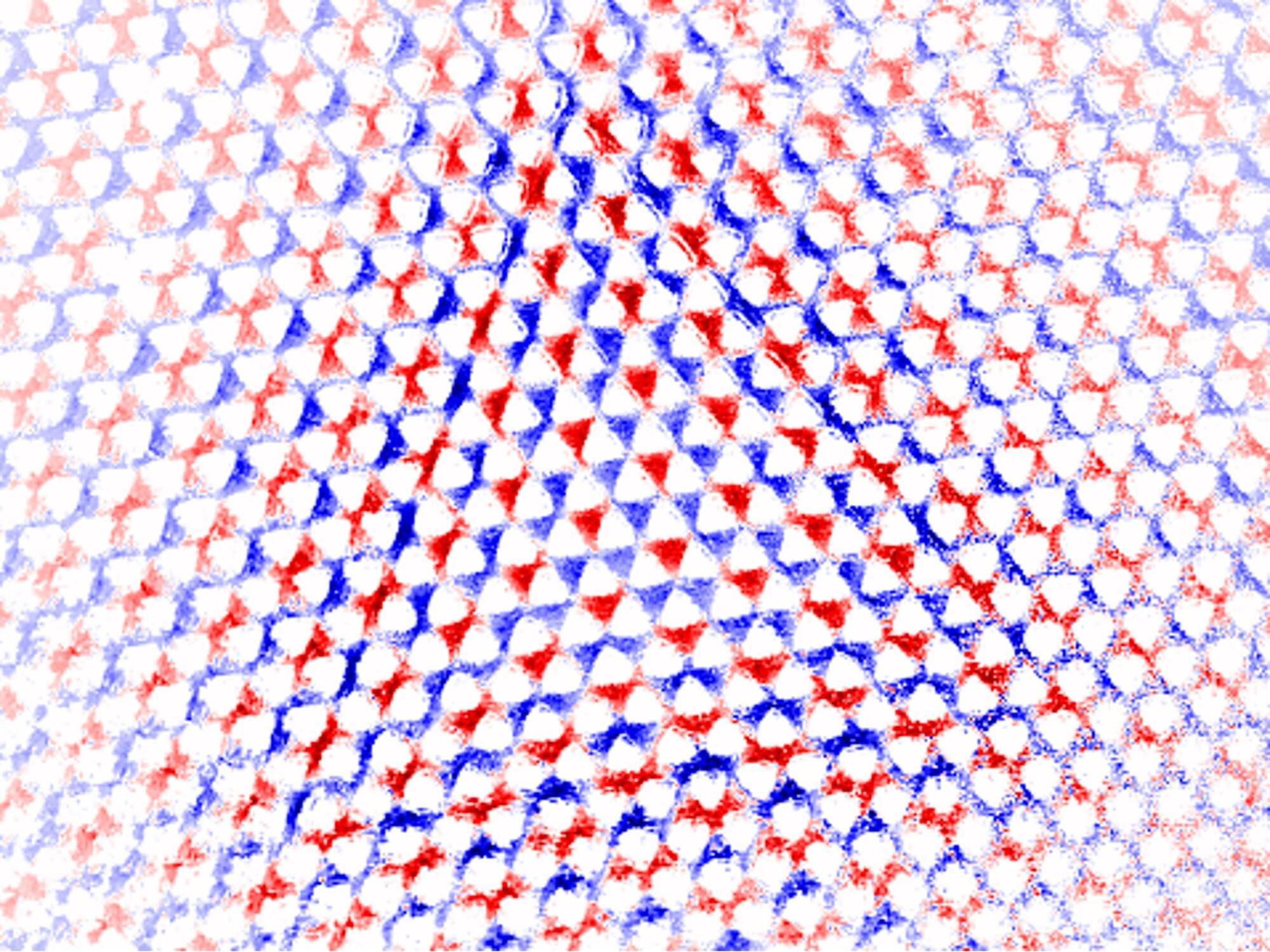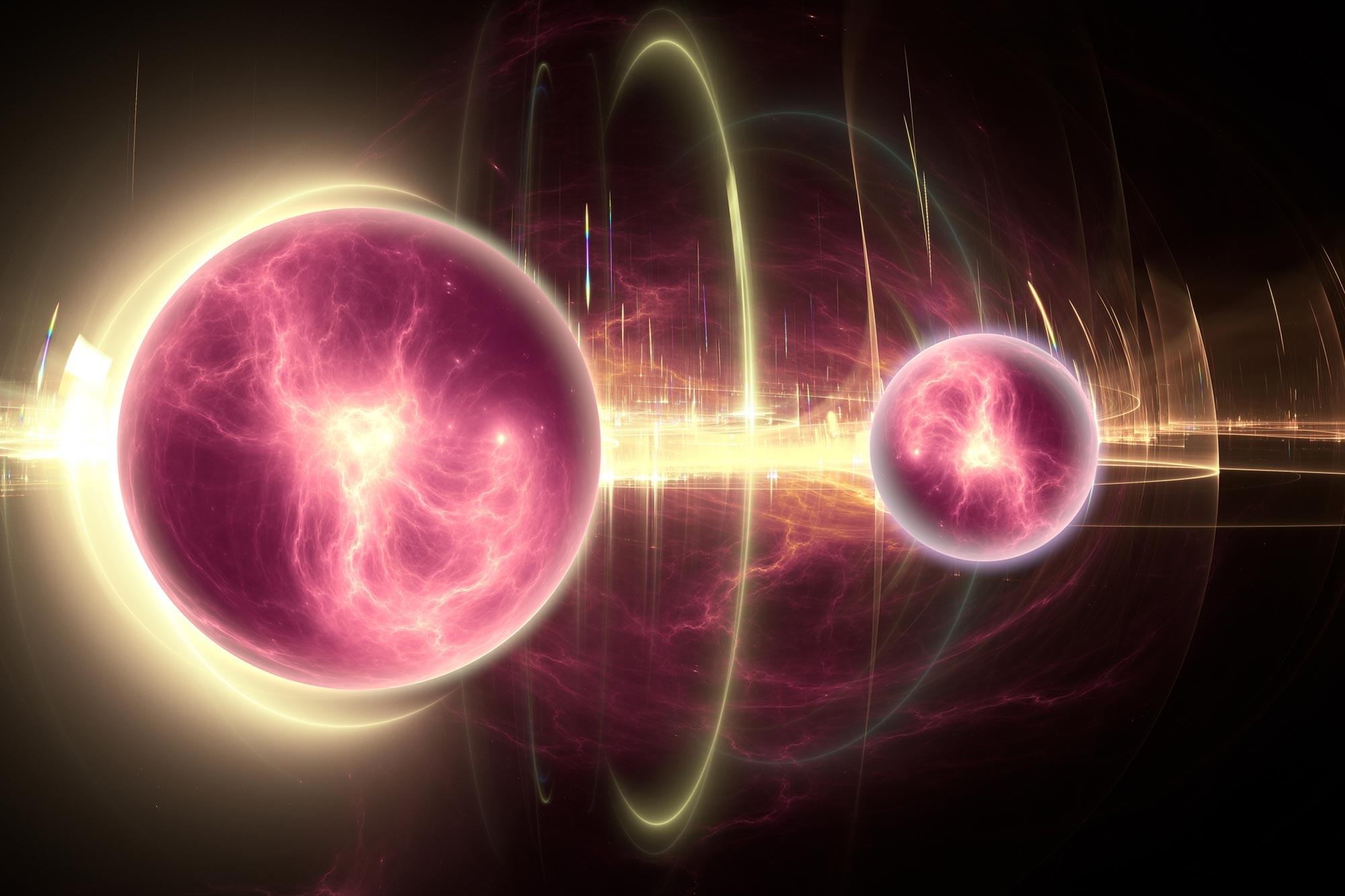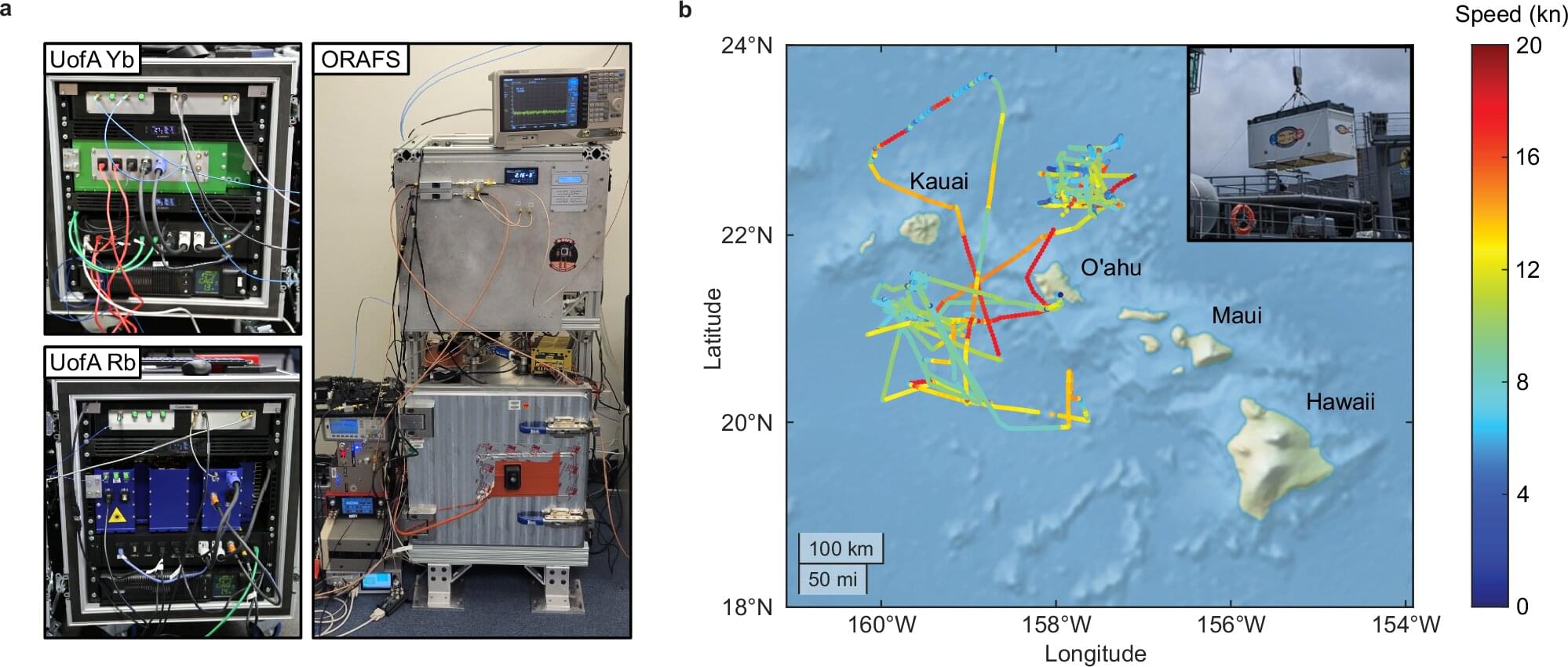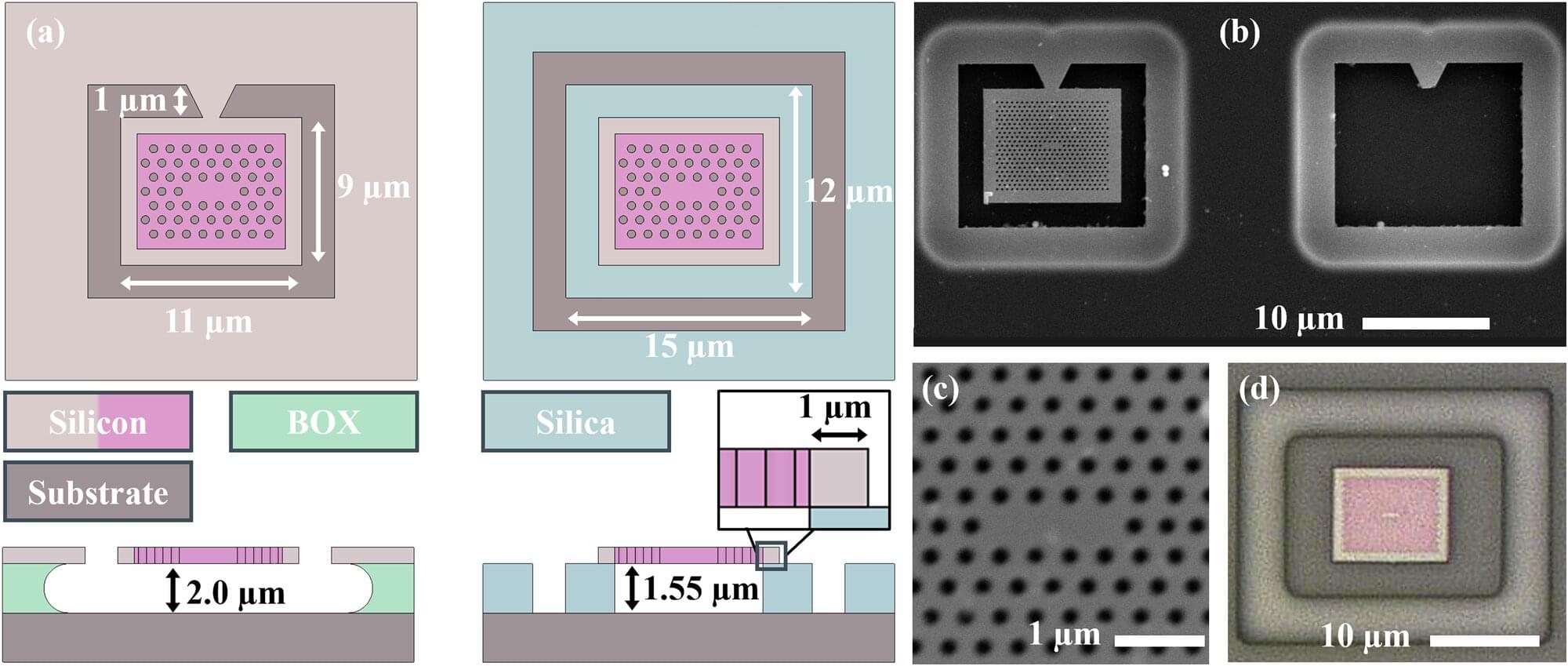Hollow atoms are special atoms with multiple missing electrons in their inner shells, while their outer shells are still fully or partially filled with electrons. Studying the production mechanisms, internal structure, and de-excitation properties of these excited-state atoms provides insights into quantum electrodynamics and quantum many-body interactions, with applications in fields such as inner-shell ionization X-ray lasers, high-energy density physics, and molecular imaging.
Researchers at the Institute of Modern Physics (IMP) of the Chinese Academy of Sciences recently confirmed that the fully stripped heavy ion-atom collision is an effective way to produce heavy hollow atoms in high yield. They have also developed a high-resolution planar crystal spectrometer to measure the fine structure of inner-shell multi-ionization ion X-rays.
The results have been published in Spectrochimica Acta Part B: Atomic Spectroscopy and Physical Review A.


